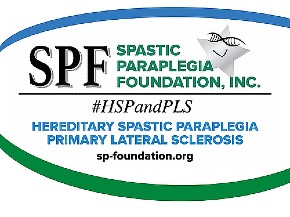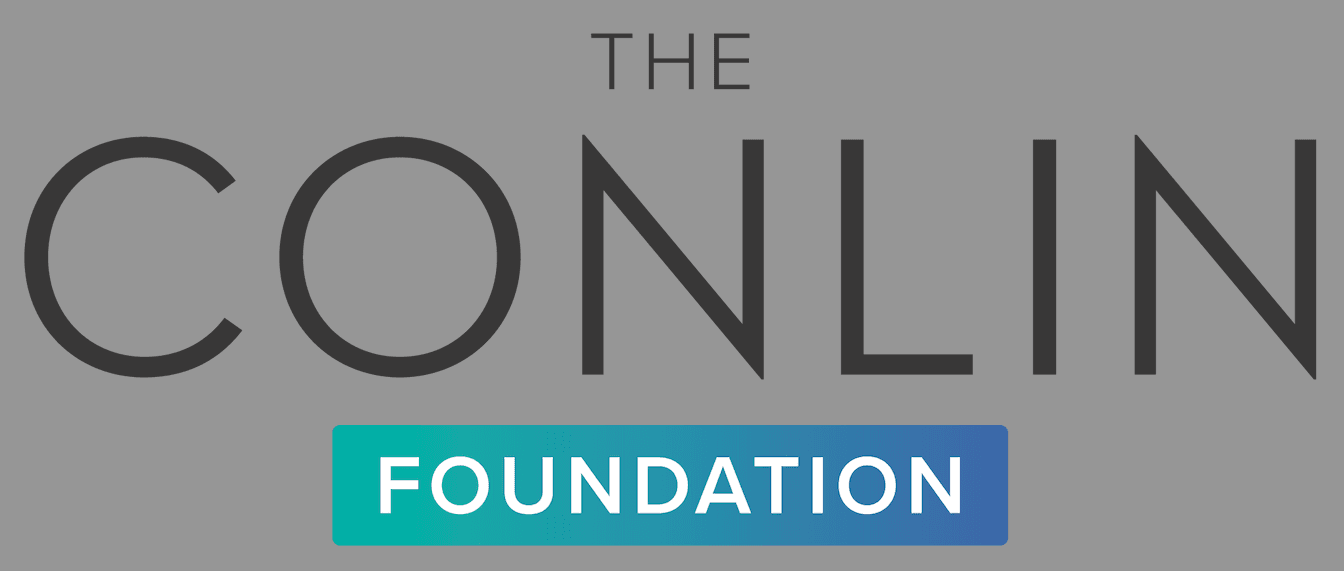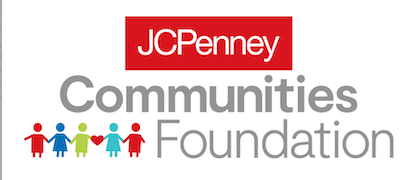Medical charities have long relied on black-tie galas, golf tournaments, and bike-a-thons to fund their operations.
But as with so many other in-person events, Covid-19 has cancelled those plans this year, leaving nonprofits with a funding shortfall that has forced them to cut staff, end grant funding, scale back activities, and in at least one case, shut down entirely.
The latest hit to the sector came this week when JDRF, the 50-year-old type 1 diabetes foundation, announced that it would overhaul its organization in response to the pandemic. After falling 40% short of its expected revenue between March and June, JDRF will cut its staff by about 40%, reduce or end some of its grants, consolidate its regional chapters, and rely more heavily on volunteers.
“The global pandemic highlighted the vulnerabilities of our in-person, event-based fundraising model,” the organization’s chief mission strategy officer, Cynthia Rice, told STAT.
Nonprofits focused on patient support and medical research are being hurt by the same forces that are devastating the nonprofit sector at large. The cancellation of in-person events seems to be largely to blame, though there are other factors at play: Some wealthy donors are diverting their charitable contributions to the Covid-19 response — and writing fewer big checks to the medical charities they usually support. And donations have dried up from small donors who may have lost their jobs because of the pandemic or are just being more careful with money during an uncertain time.
The pandemic’s full impact on disease foundations has yet to be felt. But if the damage continues, the situation could become even bleaker: Charities could fold, patients could lose access to support, biomedical researchers could lose grant funding, and the development of new therapies could be slowed.
The situation could also make medical nonprofits more reliant on funding from drug and device companies, which don’t seem to have reduced their contributions to nonprofits during the pandemic. While the organizations that take industry funding say they need the money to do their work, critics say the donations can create conflicts of interest that lead nonprofits to prioritize the interests of companies over those of the patients they serve.
Some medical charities have tried to stay afloat by taking out loans from the government’s Paycheck Protection Program. Among the recipients of loans in the hundreds of thousands of dollars: the American Liver Foundation, the American Indian Cancer Foundation, and the Lung Cancer Research Foundation. But without additional support, many are grappling with how to recalibrate to weather the coming months, given that in-person events will likely remain all but impossible in many areas.
It’s a problem that has impacted a range of organizations, from small, local nonprofits to major disease foundations. The American Cancer Society in June laid off 1,000 of its staffers across the country as part of a 30% budget cut.
In the San Francisco Bay Area, Carb DM, a small charity focused on education and support for the local type 1 diabetes community, ceased operations at the end of June. In a farewell note, the group’s board of directors cited the cancellation of its mother-daughter weekend and annual author luncheon fundraiser, as well as the significant downsizing of its summit, which it was forced to hold virtually this year.
“The revenue from these events has traditionally sustained our organization throughout the year,” Carb DM’s directors wrote.
At JDRF, formerly known as the Juvenile Diabetes Research Foundation, more than 100 in-person fundraising events that had been scheduled between the beginning of March and the end of June could not be conducted as originally planned, Rice said.
With donations down, the organization is prioritizing funding research “with the greatest potential to lead us to cures and to therapies that will improve lives in the shortest amount of time,” Rice said. She added that most grants are continuing, while the cuts to some existing grants will make it possible to award new grants in the coming months.
JDRF will also scale down from more than 60 chapters spread across the U.S. to just 29 that will support larger geographic regions.
“From the practical side for people living with diabetes, you’re going to see maybe less ability to connect with someone at that local level” than in the past, said Mike Hoskins, who has type 1 diabetes and is the managing editor of the diabetes news site DiabetesMine.
A key contributing factor to the cuts is the fact that many medical charities have little cash on hand and rely on a “just in time” revenue model, in which the cash brought in from January’s events is used to pay February’s bills.
At the Christopher and Dana Reeve Foundation, focused on helping people with spinal-cord injuries, “our founders never really wanted to build an endowment — they wanted to take money and put it immediately into research — so we don’t have a particularly large reserve here,” said the foundation’s president and CEO, Peter Wilderotter.
That model means “you have to sometimes make hard decisions,” Wilderotter said.
As the pandemic picked up steam in mid-March, the foundation projected that its revenue for the year would be down 60%. In April, it laid off six of its 40 staffers.
One of them was Ethan Perlstein, a biotech entrepreneur who was brought on last year as the foundation’s first chief scientific officer. Perlstein was tasked with leading an ambitious new research effort that would raise a $50 million fund to invest in companies and academics working on treatments for spinal-cord injuries.
But Perlstein didn’t get a chance to make any investments or grants before he, along with the scientist he had hired as the first member of his team, found out they were being let go. (Wilderotter said the initiative has been put on hold because it was unrealistic to pull it off during the pandemic.)
The situation has improved in recent weeks for the Reeve Foundation. Board members came through with large gifts. And a recent virtual event with Eric LeGrand, the former Rutgers University football player who is living with a spinal-cord injury, raised more money than last year’s in-person event.
The foundation is now in a better cash position than it was at this same time last year — up by a couple hundred thousand dollars. It even beat its original pre-pandemic financial projections for the first half of this year, Wilderotter said.
But Wilderotter is hesitant to be too optimistic about the turnaround. Most of the foundation’s donations usually come in toward the end of the year. The cancellations of the Chicago and New York City marathons — two of the foundation’s biggest annual revenue sources — are “going to be a loss of half a million bucks for us — at a minimum,” Wilderotter said.
And big donors might not be able to be counted on to make up the difference, “We had one large donor that said: ‘Look, I’m going to give you what I normally give you, but don’t ask for more,’” Wilderotter recalled.
All my extra money this year, that donor said, would be going to Covid-19 relief efforts focused on food and housing.









